When Apple introduced the first iPhone, its base version offered 4GB of internal storage. 15 years later, however, even 128 GB is not enough for many. It may still be acceptable to a certain extent for a regular model, but in the case of the Pro series, it would be a mockery if the upcoming iPhone 14 variant also had this capacity.
If we dig a little into history, the iPhone 3G already contained 8GB of memory in its base, and this was only the second generation of Apple's phone. Another increase came with the iPhone 4S, whose base storage jumped to 16 GB. The company stuck to this until the arrival of the iPhone 7, which increased the internal capacity once again.
Further progress was made a year later, when the iPhone 8 and iPhone X offered 64 GB in the base. Even though the iPhone 12 still offered this capacity, with it the mentioned Pro version already got 128 GB in the lowest price range, which made Apple even more different between the two versions. Last year, all iPhones 13 and 13 Pro received this size of basic storage. In addition, the Pro models received one more version of the maximum storage, namely 1 TB.
It could be interest you

There is one catch
Already last year, Apple knew that 128GB was not enough for its iPhone 13 Pro, and therefore began to cut back on features for that reason, even though they would handle them just as well as the same models with higher storage. In particular, we are talking about the possibility of recording videos in ProRes. Apple says here that a minute of 10-bit HDR video in ProRes format will take up about 1,7GB in HD quality, 4GB if you record in 6K. However, on iPhone 13 Pro with 128GB of internal storage, this format is only supported in 1080p resolution, up to 30 frames per second. Up to capacities from 256 GB of storage will allow 4K at 30 fps or 1080p at 60 fps.
So Apple came up with a professional function in its professional model of the iPhone, which would handle it comfortably, but would have nowhere to store it, so it was better to limit it in software than to start selling the device with 256GB of storage in the basic model of the phone. The iPhone 14 Pro is also expected to bring an improved photo system, where the basic 12MP wide-angle camera replaces the 48MP with Pixel Binning technology. It can be assumed that the data size of the photo will also increase, regardless of whether you are shooting in compatible JPEG or efficient HEIF. The same applies to videos in H.264 or HEVC.
It could be interest you
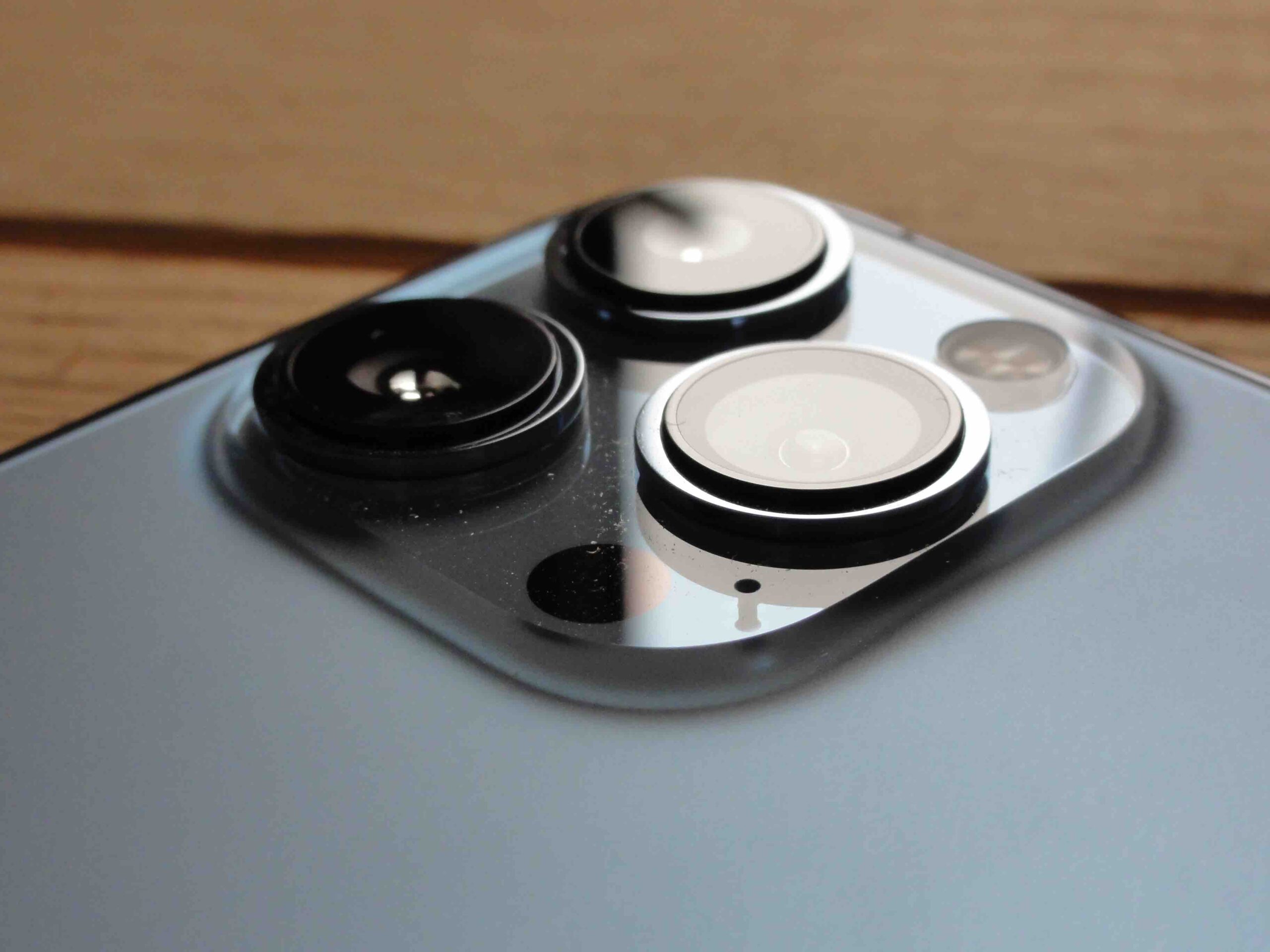
So if the iPhone 14 Pro and 14 Pro Max start at 128 GB of storage capacity this year, it will be somewhat awkward. Last year, it could perhaps be excused by the fact that Apple released ProRes only in the following iOS 15 update, when iPhones were normally on sale. However, we already have this function here today, so the company should fully adapt its devices to it. Of course, it's not a function that every owner of Pro models would use, but if they have it, they should be able to use it properly and not just by eye with the given limitation.
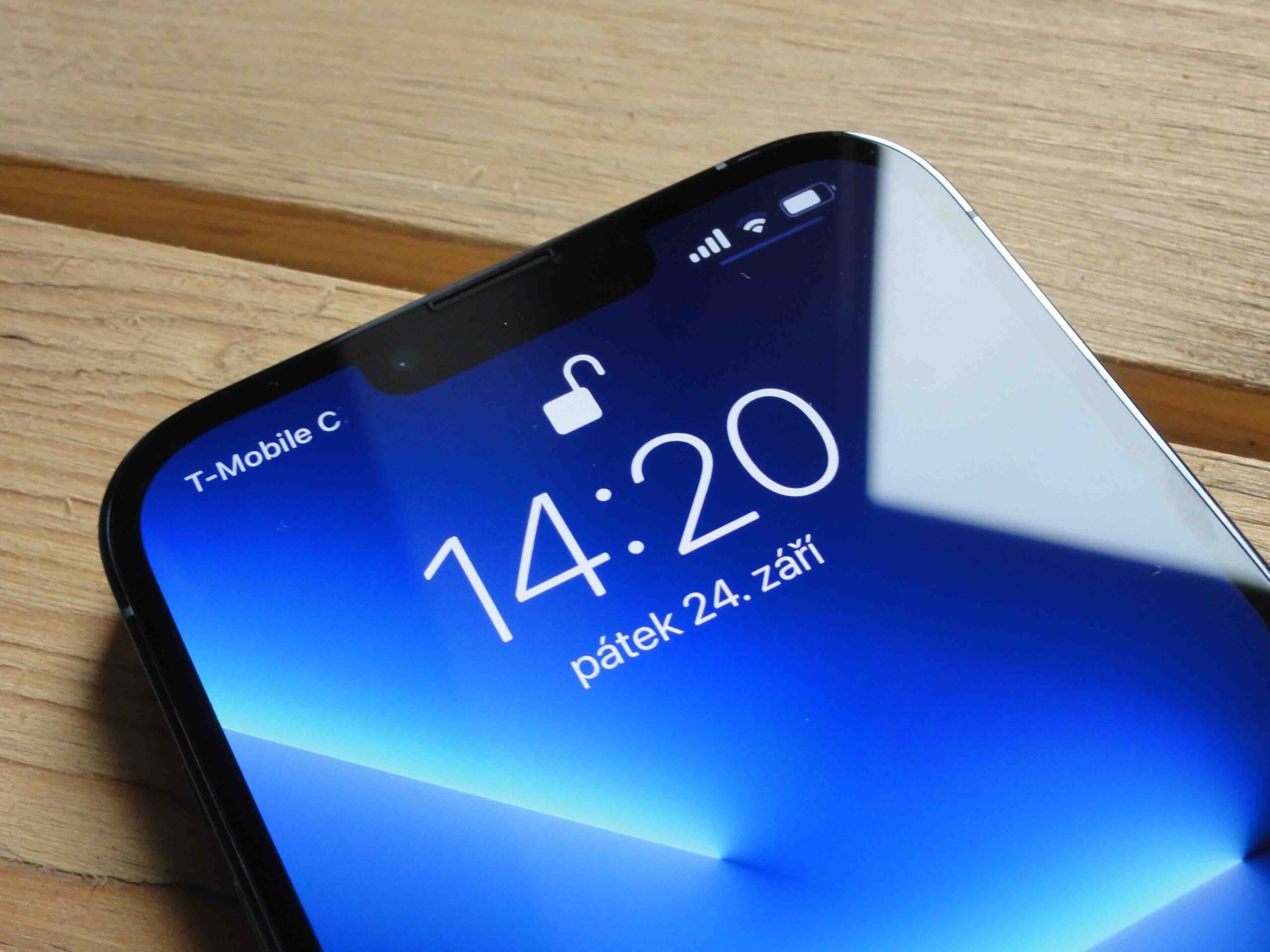
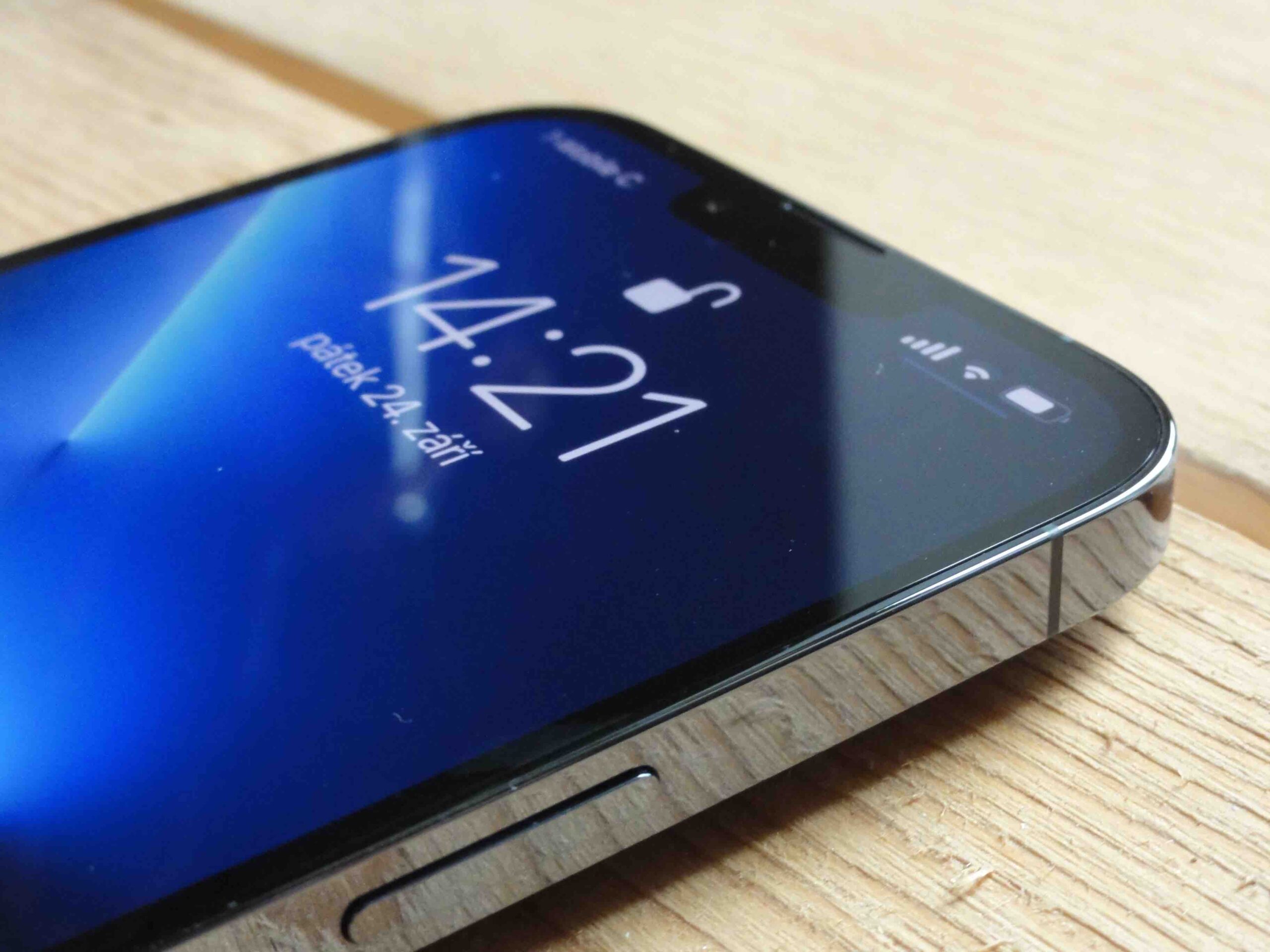
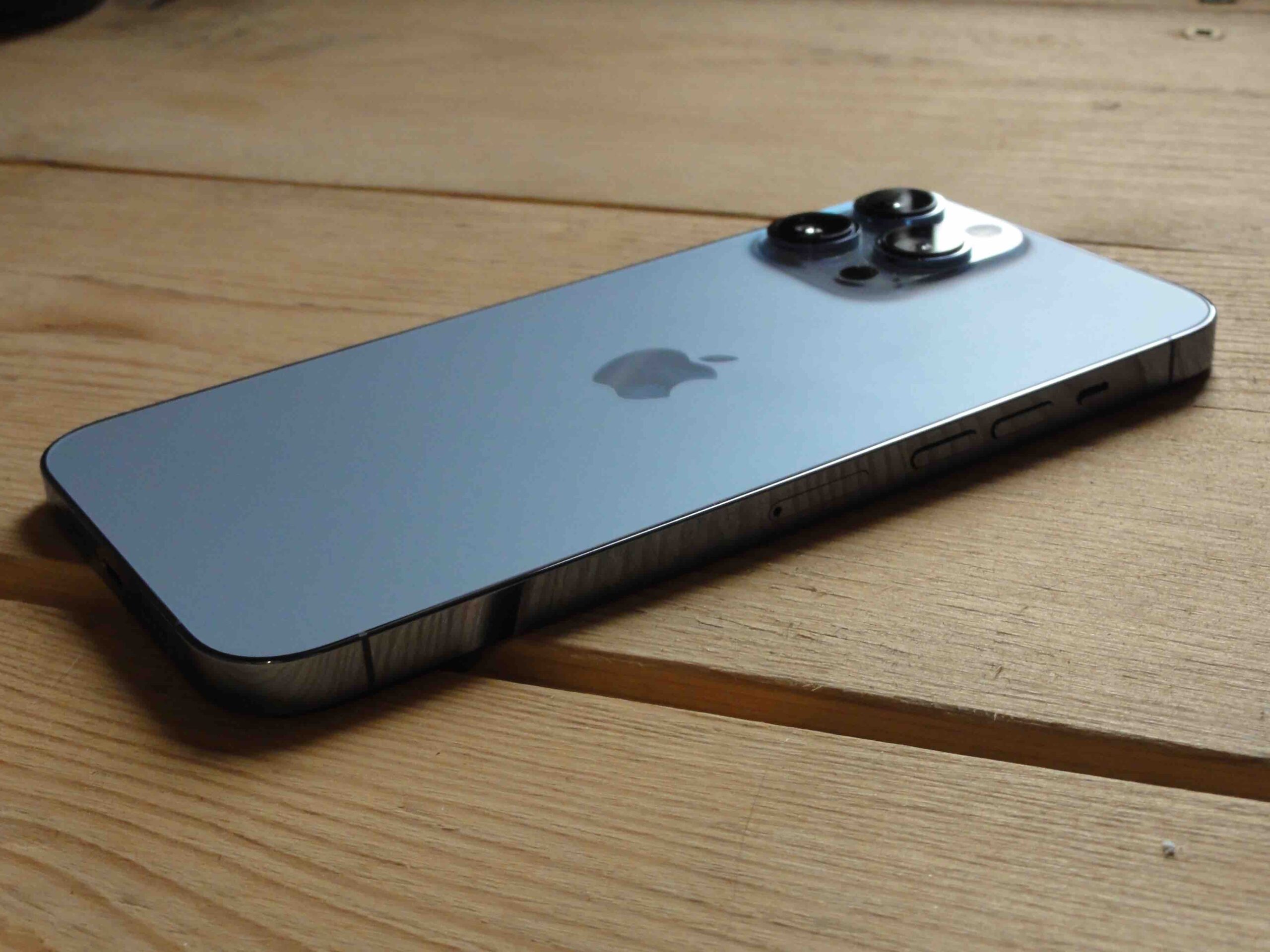



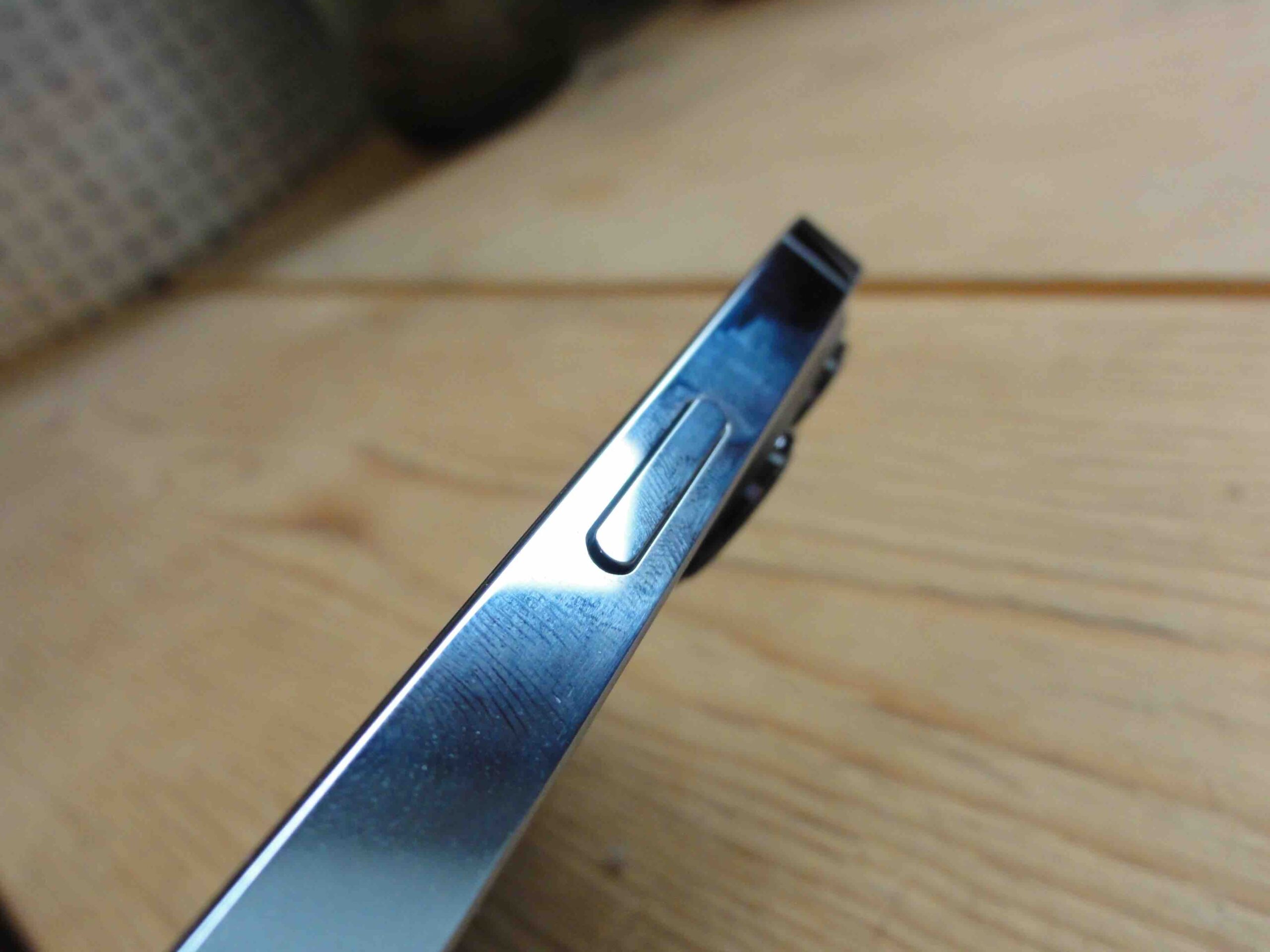
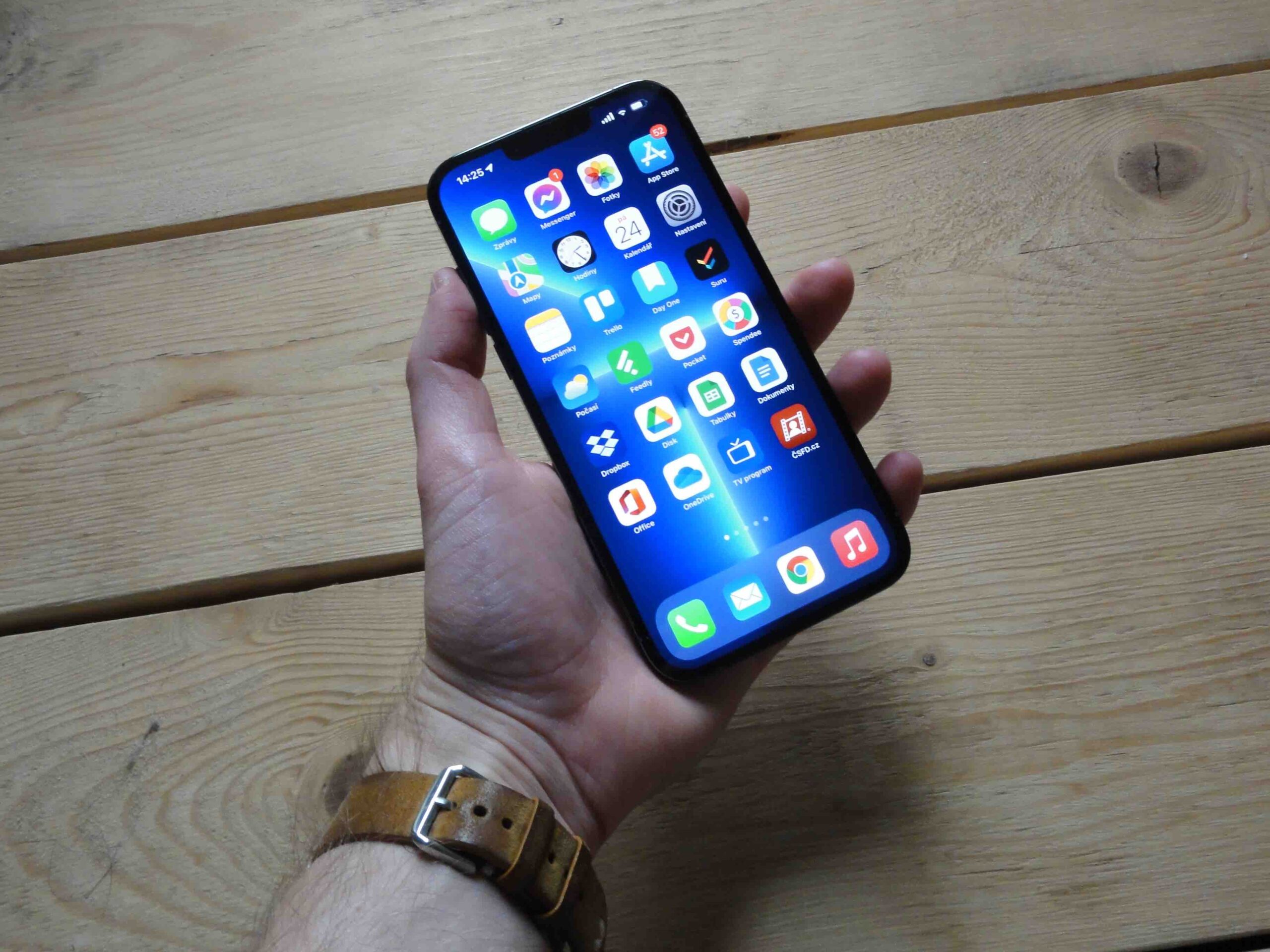
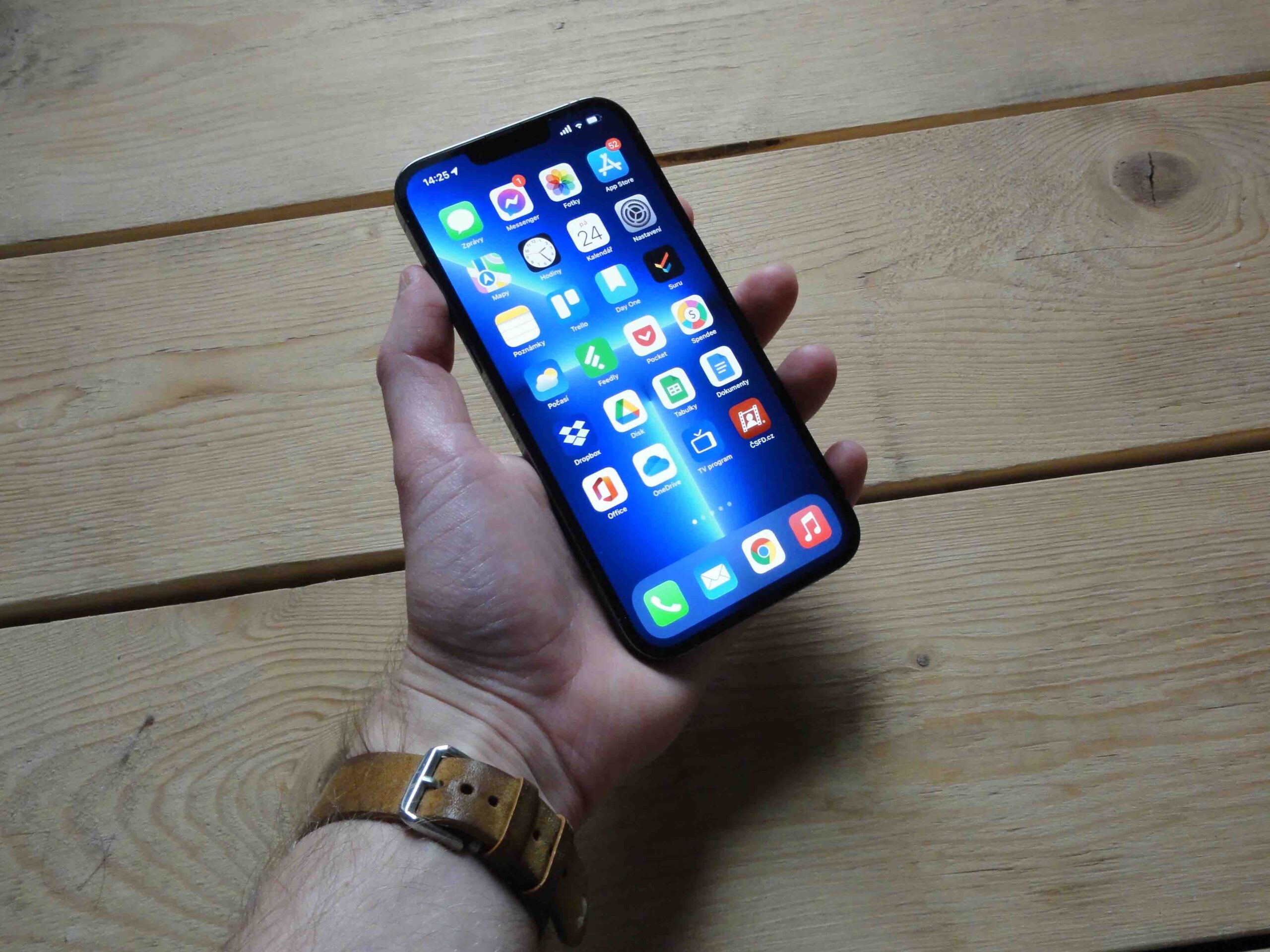
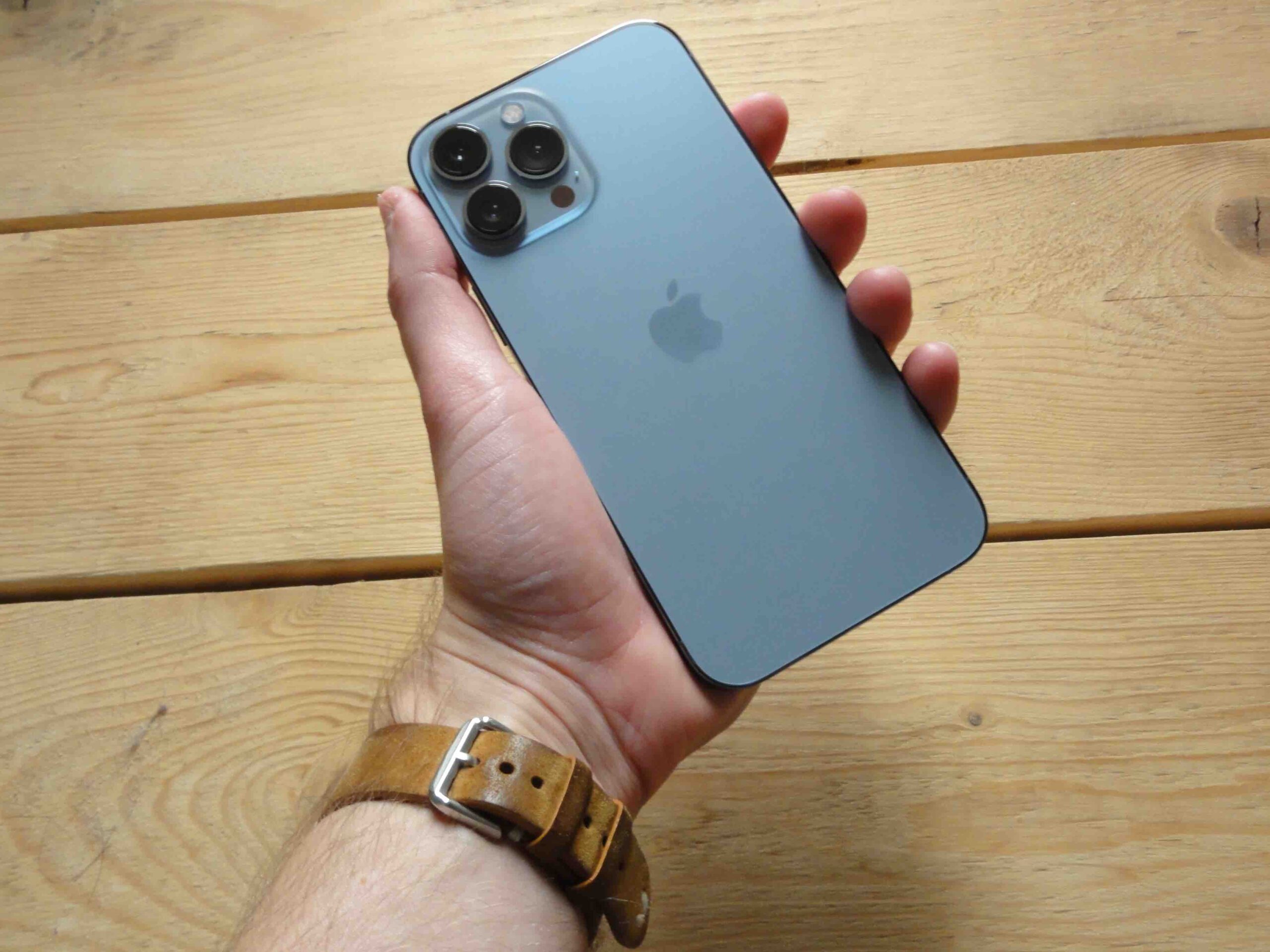
 Adam Kos
Adam Kos 




He already had a 16GB iPhone 4 and a 32GB iPhone 4S
Basic memory was meant. Not the maximum